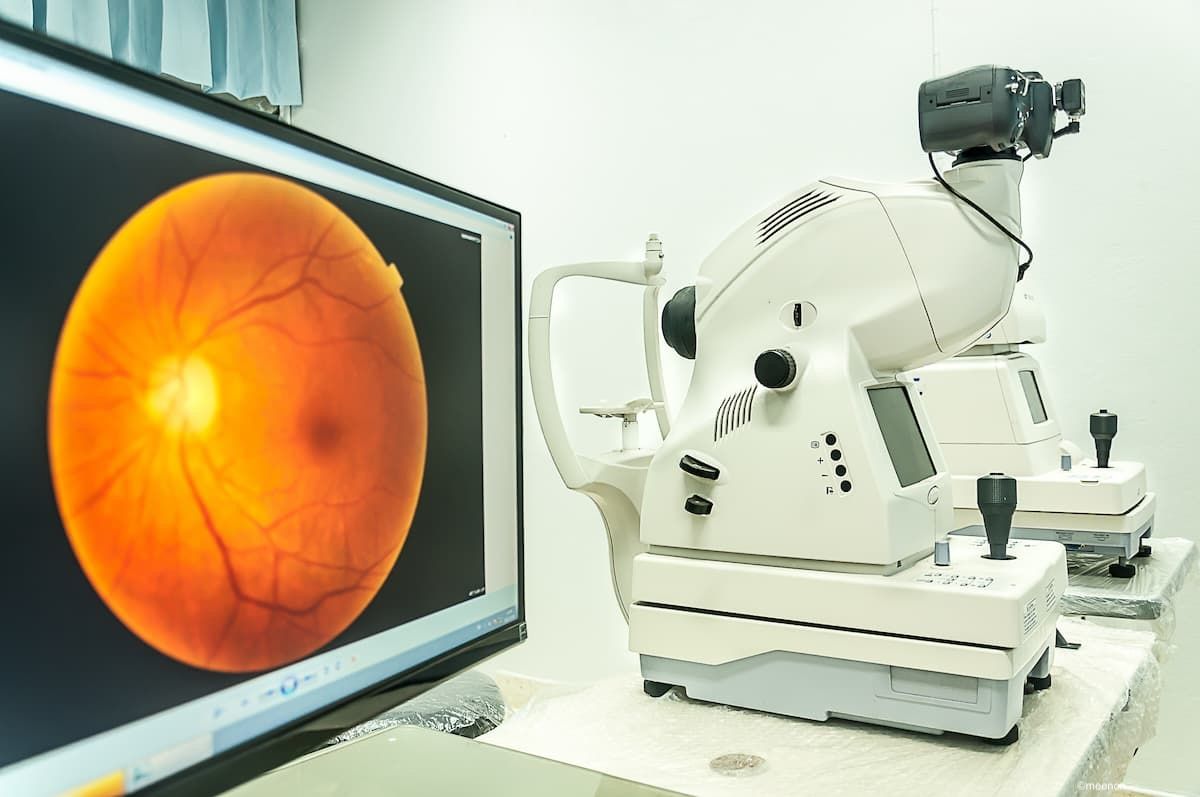Article
Computer model harnessed for femtosecond-induced incisions
A model of the human cornea created with finite element analysis accurately predicts tissue response to corneal incisions and so should be a helpful tool for guiding the development of optimal nomograms for incisional astigmatic correction using femtosecond laser technology, according to new research.

"Use of a femtosecond laser for creating limbal relaxing incisions (LRIs) would allow greater precision in incision orientation, depth, and length, [ostensibly to] make the outcomes of astigmatic correction far more accurate than those achieved currently," said Dr. Nichamin, medical director, Laurel Eye Clinic, Brookville, PA.
"The ability to control LRI algorithms based on use of the FEA model should further improve results and enable consistent outcomes in the hands of all surgeons, regardless of experience," he said.
"As someone who has been a champion of incisional astigmatic correction for some time, I, like other proponents, have faced an uphill battle trying to get surgeons to adopt this technique," he said. "[I hope] the ease and accuracy offered by the femtosecond laser will motivate more surgeons to perform astigmatic procedures [and] ultimately provide more patients [with] the benefits of a refractive cataract procedure."





